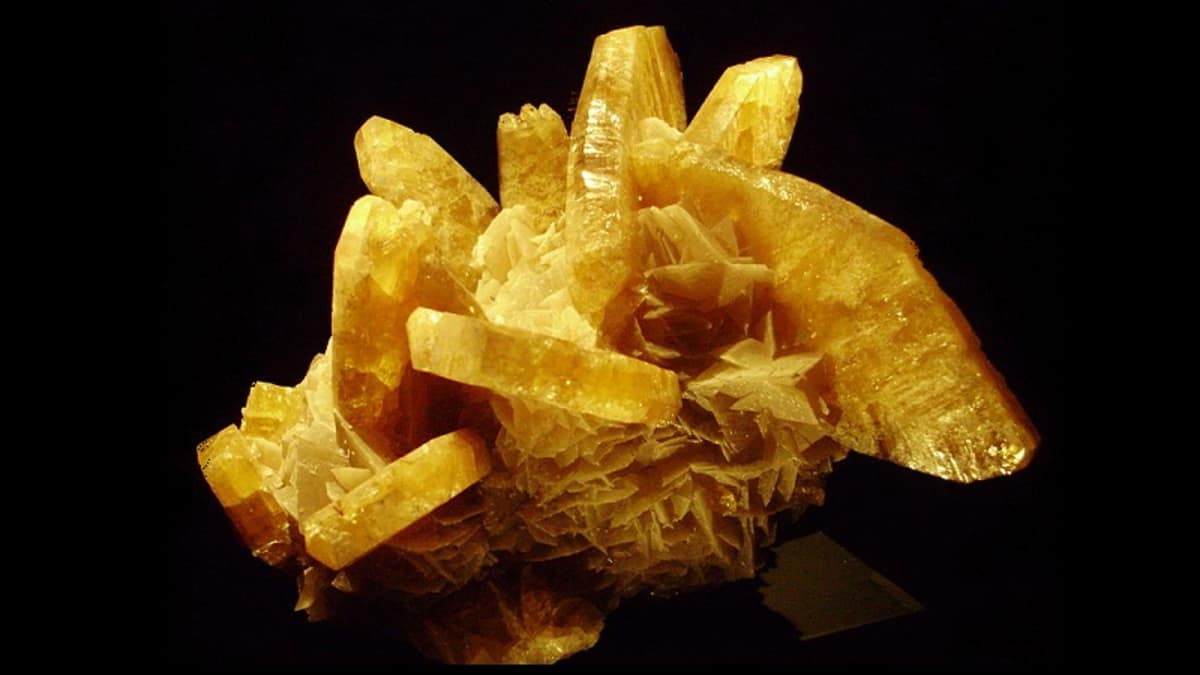
Cattle have contributed to the survival of both humans and other animals for thousands of years. For more than 10,000 years now, our ancestors utilized them for meat, milk, to make leather, and as draft animals. Today, they are still commonly raised as livestock for almost the same purposes. From an environmental standpoint, the cow plays an irreplaceable role in maintaining topsoil, supporting biodiversity, preserving wildlife habitat, lessening the spread of wildfires, and producing natural fertilizer. Thus, they really are the real cash cows. Read on to find out more about this awesome creature with these 50 cow facts.
- A cattle or cow is a large domesticated cloven-hooved herbivore.
- Cow is the term for females, while bull is for males.
- The term “cow” is generally used as singular for the collective cattle.
- The word “cattle” can only be used in plural.
- For undetermined gender, we use the word cow in singular form, such as, “there is a cow in the street.”
- Cattle are a prominent modern member of the subfamily Bovinae (a diverse group of 10 genera of medium to large-sized ungulates such as bison, water buffalo, and African buffalo).
- They became one of the most common livestock primarily for their meat and milk.
- Their hides or skin is perfect for producing good quality leather.
- They can be trained as riding animals, draft animals, or even working animals.
- People now use the cow’s dung (cow pats, cow pies, or cow manure) as biogas and organic fertilizer.
- They are the most common species of the genus Bos (wild and domestic cattle), and are classified collectively as Bos taurus.
- Cattle were originally identified as three separate species. Bos taurus, Bos indicus, and the extinct Bos primigenius.
- Castration is a common management system in the cattle industry. It reduces the aggression of the bulls, which enhances farm safety for handlers and other animals.
- In the United States, “steer” is a term for the castrated male.
- “Heifer” is the term for a young female cow that has not borne a calf.
- In some places such as India, a cow has important religious significance.
- Small cow breeds, such as the Miniature Zebu, are also kept as pets.
- “Beef cattle” is the term for the animals that’s for human consumption.
- They are large quadrupedal ungulate mammals with cloven hooves.
- Based on the estimation of The Food and Agriculture Organization, there are approximately 1.5 billion cattle in the world.
Was this page helpful?
Our commitment to delivering trustworthy and engaging content is at the heart of what we do. Each fact on our site is contributed by real users like you, bringing a wealth of diverse insights and information. To ensure the highest standards of accuracy and reliability, our dedicated editors meticulously review each submission. This process guarantees that the facts we share are not only fascinating but also credible. Trust in our commitment to quality and authenticity as you explore and learn with us.


